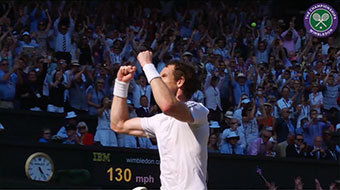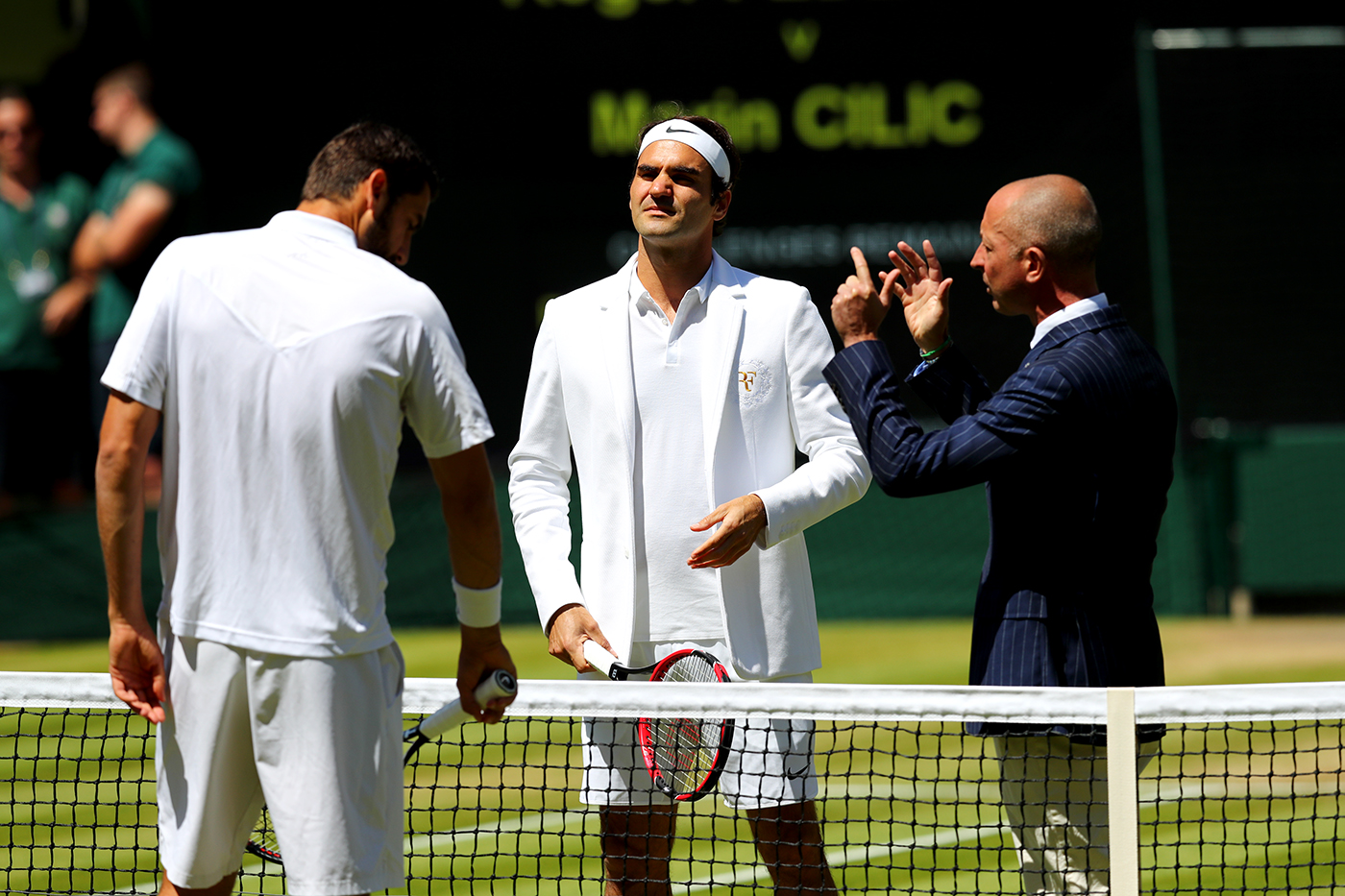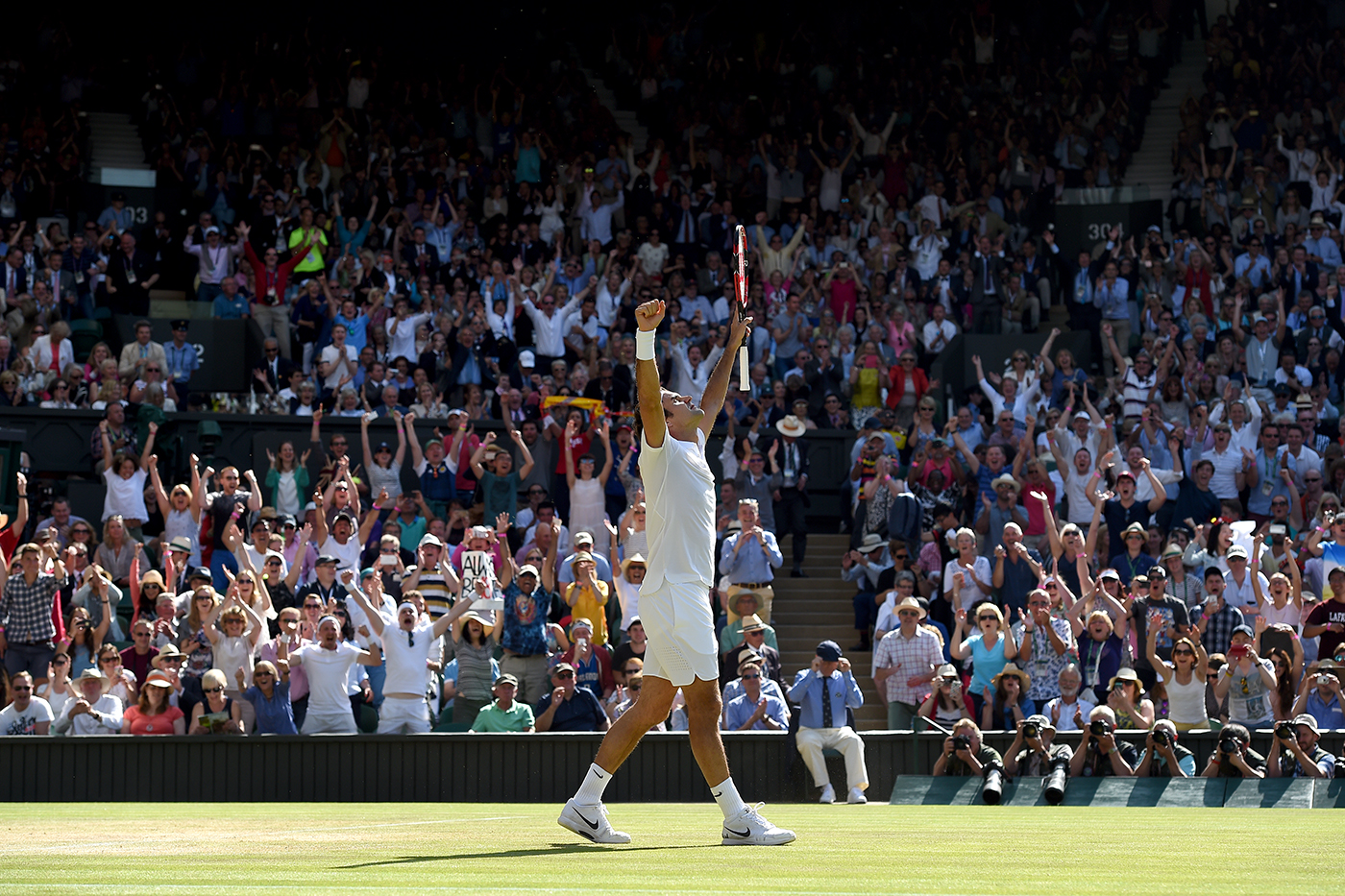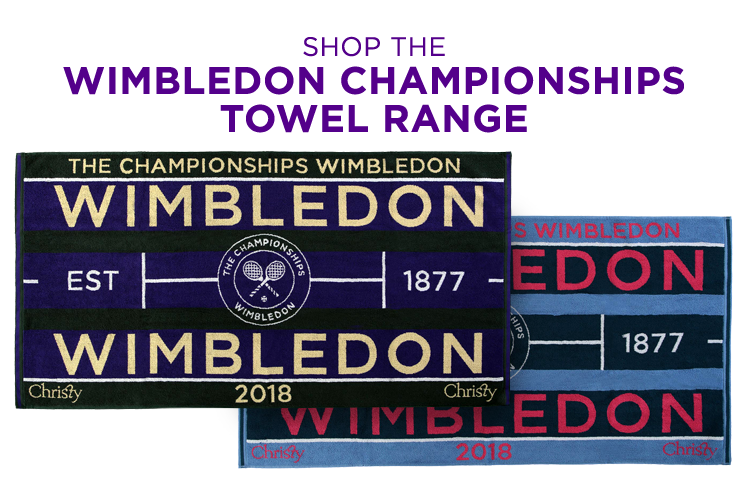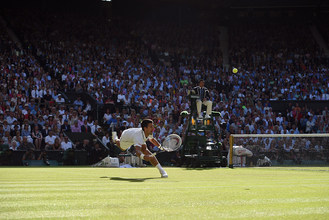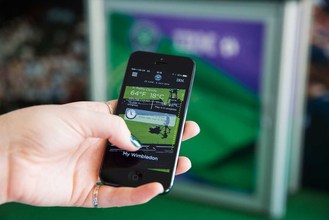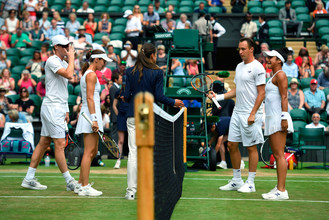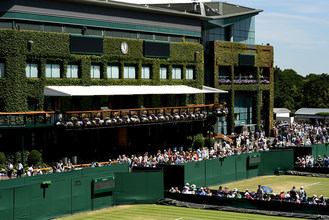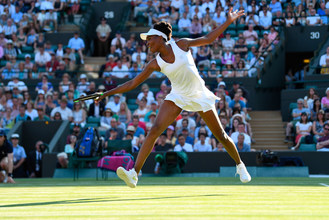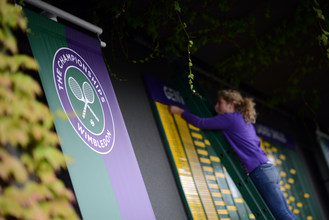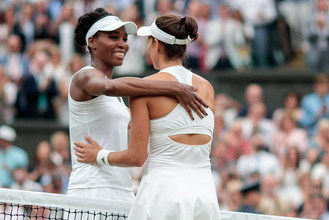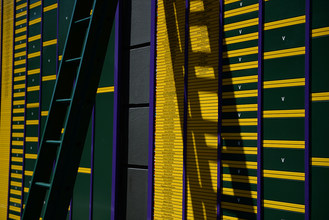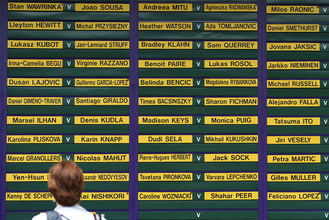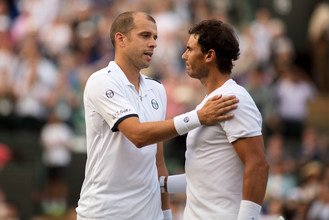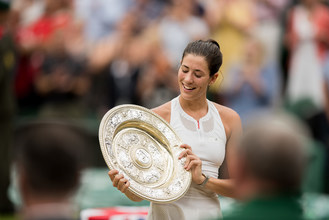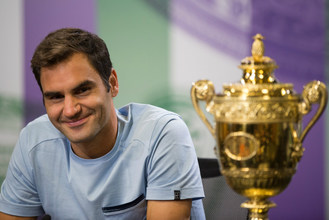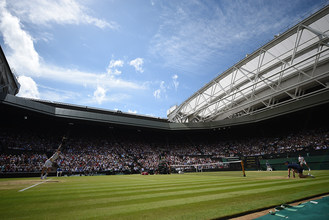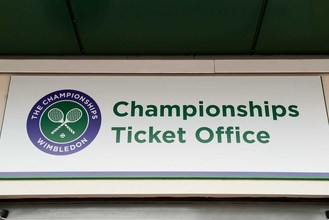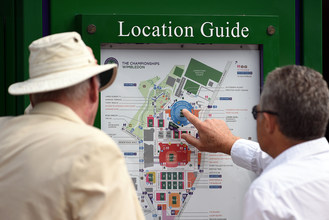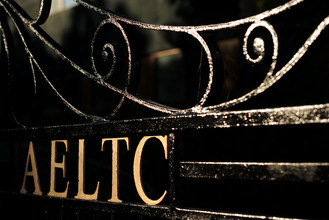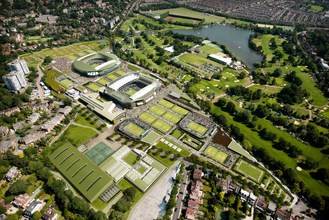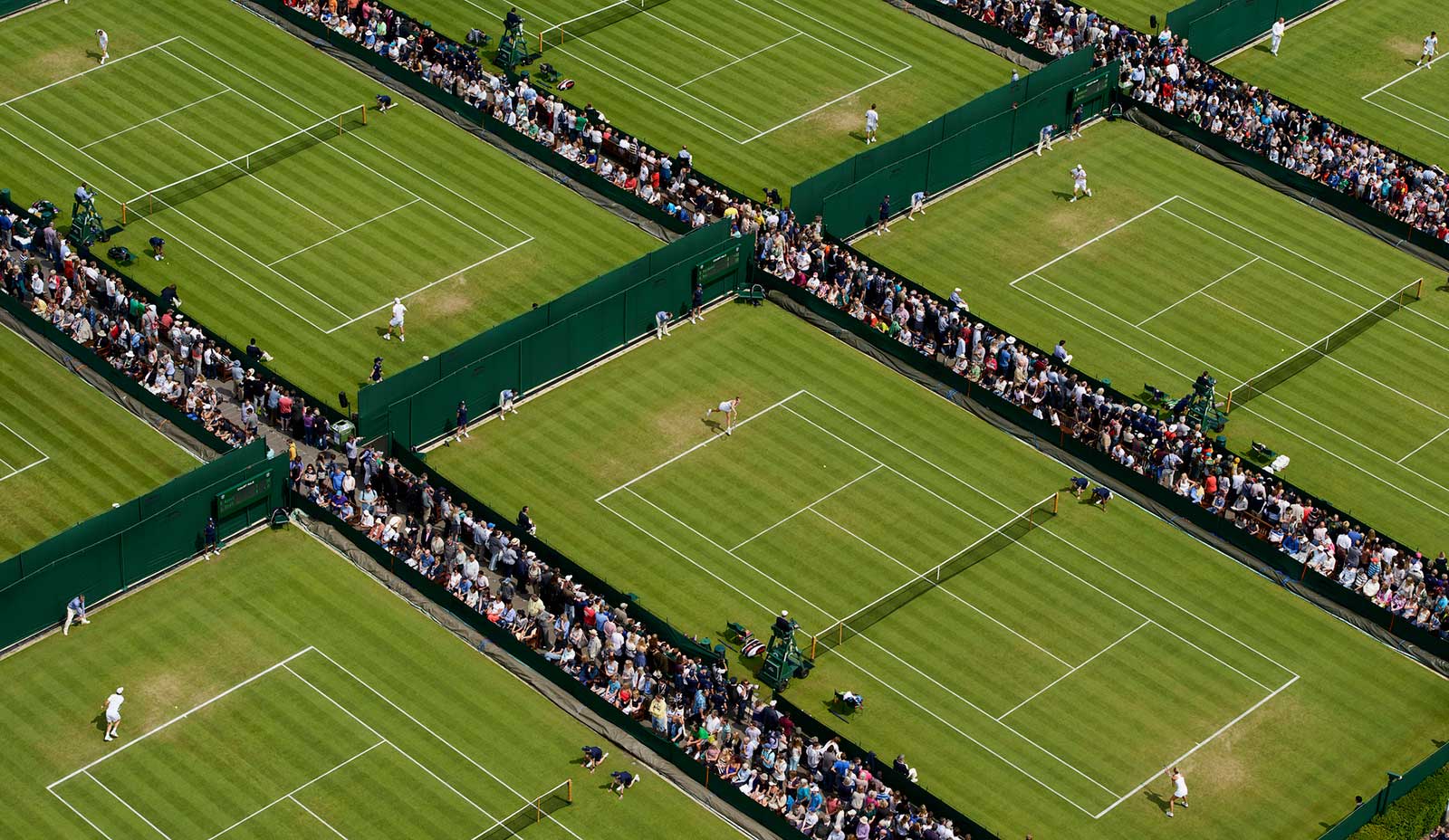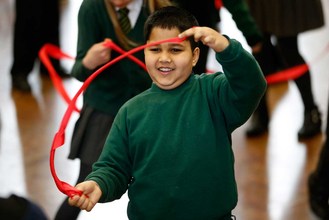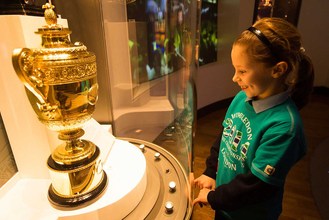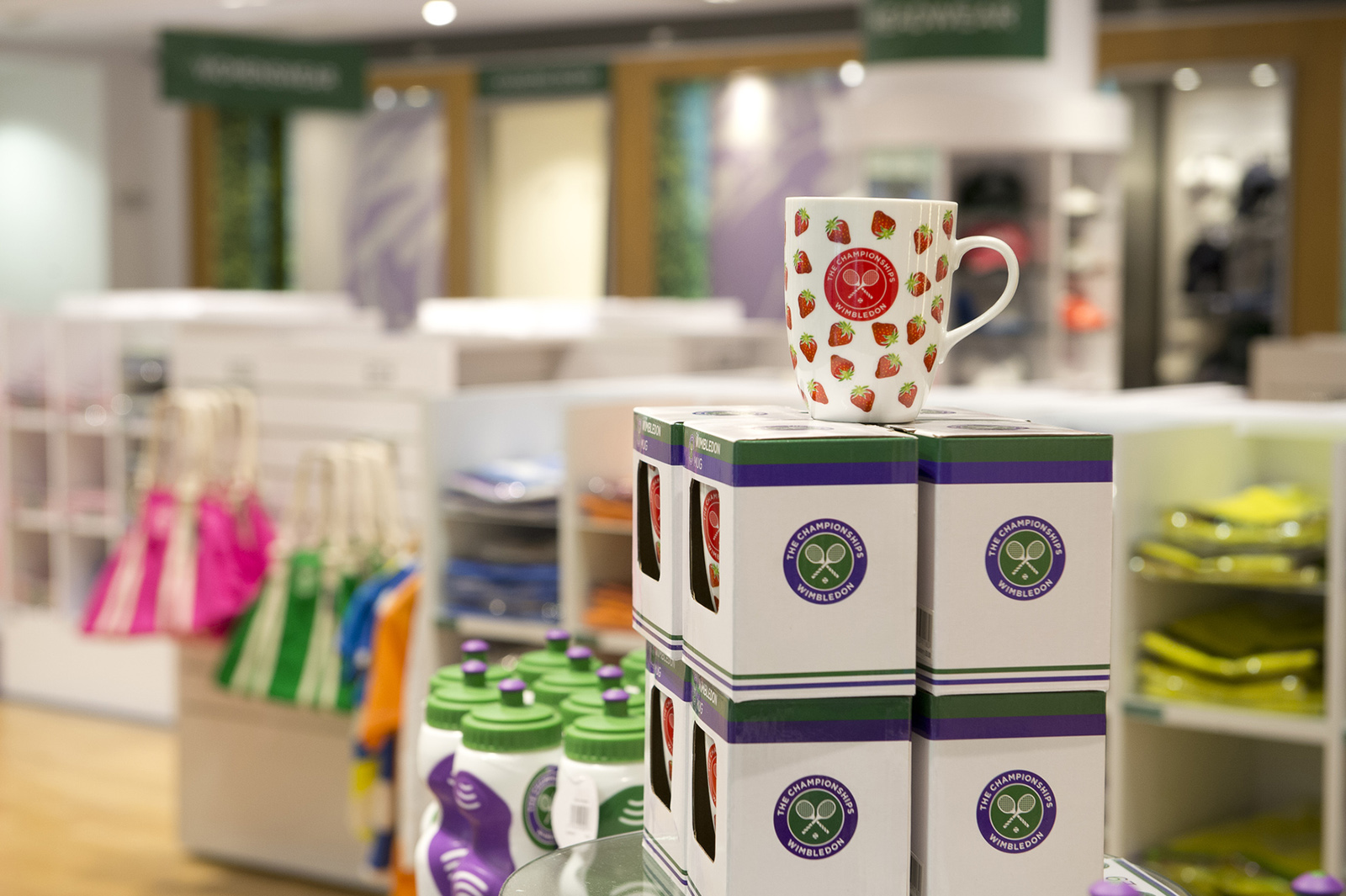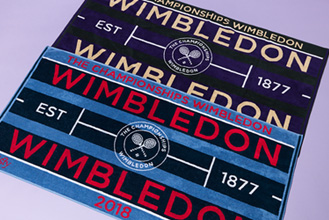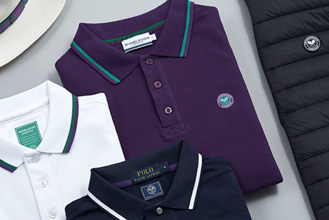When it comes to world events, 2016 doesn’t look destined to end up on anyone’s list of all-time great years. But in the much smaller universe of men’s tennis, it was a season to savour and remember, one filled with historic achievements and crowd-pleasing surprises. Most of all, as the awards we hand out below show, it was was a season when the top men were given once-in-a-lifetime chances, and they took them.
Best Player
The ATP’s computer can tell us who accumulated the most ranking points in a season, but it leaves it up to us to decide who had the best year. Was it Andy Murray, who finished No.1 for the first time, won his second Wimbledon and second Olympic gold, and reached the finals of three majors? Or was it Novak Djokovic, who won two majors, including his first French Open, and finished with a 3-2 record against Murray.
While Djokovic faded down the stretch and surrendered his No.1 ranking on the final day, his French Open win alone made this a worthwhile season for him. But in the end Murray’s year was even better. He showed that even at 29, improvements and advances could still be made. In 2016, Murray won in Rome, Beijing, Paris, and London for the first time, and reached his first final at Roland Garros.
When he realised late in the year that he also had an opportunity to accomplish another first, finishing No.1, he announced his intention to do whatever he could to make it happen. And that’s exactly what he did: Murray won his final 23 matches and five tournaments, and each week he found a different way to dig himself out of an impossibly deep hole. With No.1 on the line in the year’s final match against Djokovic, Murray did what all champs do: Saved his best for last.
Best Moment
Novak Djokovic’s first French Open title had been a decade in the making. Back in 2006, as a 19-year-old, he had boldly claimed that the reigning king of clay, Rafael Nadal, was “beatable” in Paris. While Djokovic lost his first six matches to Rafa at Roland Garros, he finally made good on his words when he defeated Nadal in the quarter-finals in 2015. Yet that still wasn’t enough to earn the title for Djokovic, who was upset by Stan Wawrinka in the final.
In 2016, though, in his 11th attempt, nothing stood in his way. When Djokovic fell to the dirt in Court Philippe Chatrier after beating Andy Murray in the final, it marked the season’s hardest-earned moment. He had won his first French Open, completed a career Slam, and become the first man since Rod Laver in 1969 to hold all four major titles at once.
Unfortunately, while Djokovic’s triumph was hard-earned, it wasn’t well-timed. Three weeks later, amid talk of “private issues” and a lack of motivation, he lost in the third round at Wimbledon to Sam Querrey. Suddenly, the question surrounding Djokovic changed from, “Can anyone beat him?” to “What’s wrong with him?” Djokovic never really found an answer over the second half of the season. But that’s no reason to forget what he achieved in the first half, and how long he worked to achieve it.
Best Match
There were historically significant matches, brilliantly played matches, and emotionally wrenching matches in 2016. But none were as thrilling, for as long, as Roger Federer’s three hour and 17 minute, 6-7 (4), 4-6, 6-3, 7-6 (9), 6-3 win over Marin Cilic in the quarter-finals at Wimbledon. This was ultra-tense, “I can’t bear to watch” tennis at its best.
Before the match, Cilic’s coach, Goran Ivanisevic, said his player would have to come up with some “magic” to stand any chance of beating the seven-time Wimbledon champ on Centre Court. That’s just what Cilic did for the better part of three sets. He swung for winners, and most of the time he connected; his shots echoed through the old arena with an impressive thud, and they burned through the grass for 23 aces and 59 winners against just 36 errors. Cilic won the first two sets, and when he went up 0-40 on Federer’s serve at 3-3 in the third, the match looked all but over.
“I just remember being in trouble the whole time,” Federer said.
But Federer, as he had done nine times before from two sets down, somehow found his way out of that trouble. He won five straight points to hold for 4-3, broke for 5-3 on a Cilic double-fault, and took the third set with a backhand winner. In the fourth set, Federer dug himself out of an even deeper hole, saving three match points and surviving the most dramatic 20 points of the season to win the fourth-set tiebreaker 11-9.
“Today was epic,” Federer said when it was over. “It’s an unbelievable feeling.”
Sadly, he wouldn’t have that feeling again in 2016. This was the last win of the season for Federer, who was sidelined by a knee injury after Wimbledon. But even in his least-successful season, at 34 years old, he gave the sport its most memorable afternoon. We could barely bring ourselves to watch, but we could never turn away.
Best story
The best stories are often the ones you don’t see coming. As 2016 began, the idea that Juan Martin del Potro would end the season on top of the tennis world again would have sounded like the most fanciful concept of all. After all, the Tower of Tandil had been brought low by multiple wrist injuries and surgeries, and had been away from the court for nearly two full years. At the start of 2016, Delpo still sounded positive about his recovery, but few fans shared his optimism. Could the 2009 US Open champion really rise again, at 28, after so much time away?
Even when Del Potro did reappear, at Del Ray Beach in March, the signals were mixed. Yes, he reached the semi-finals, but he got there without begin able to take a full cut at his two-handed backhand. Still, Delpo was happy just to be back on tour, and his tears of joy were repeated week after week—after his win over Stan Wawrinka on Centre Court; after his upset victories over Novak Djokovic and Rafael Nadal on his way to an Olympic silver medal; after the crowd in Ashe Stadium chanted his name as he exited the US Open. And finally, after he finished the season by leading Argentina to its long-awaited first Davis Cup title, all while nursing a broken finger.
Most stories in 2016 left the world more divided. With his stirring return to the top of tennis, Del Potro gave us all a reason to unite in celebration.

